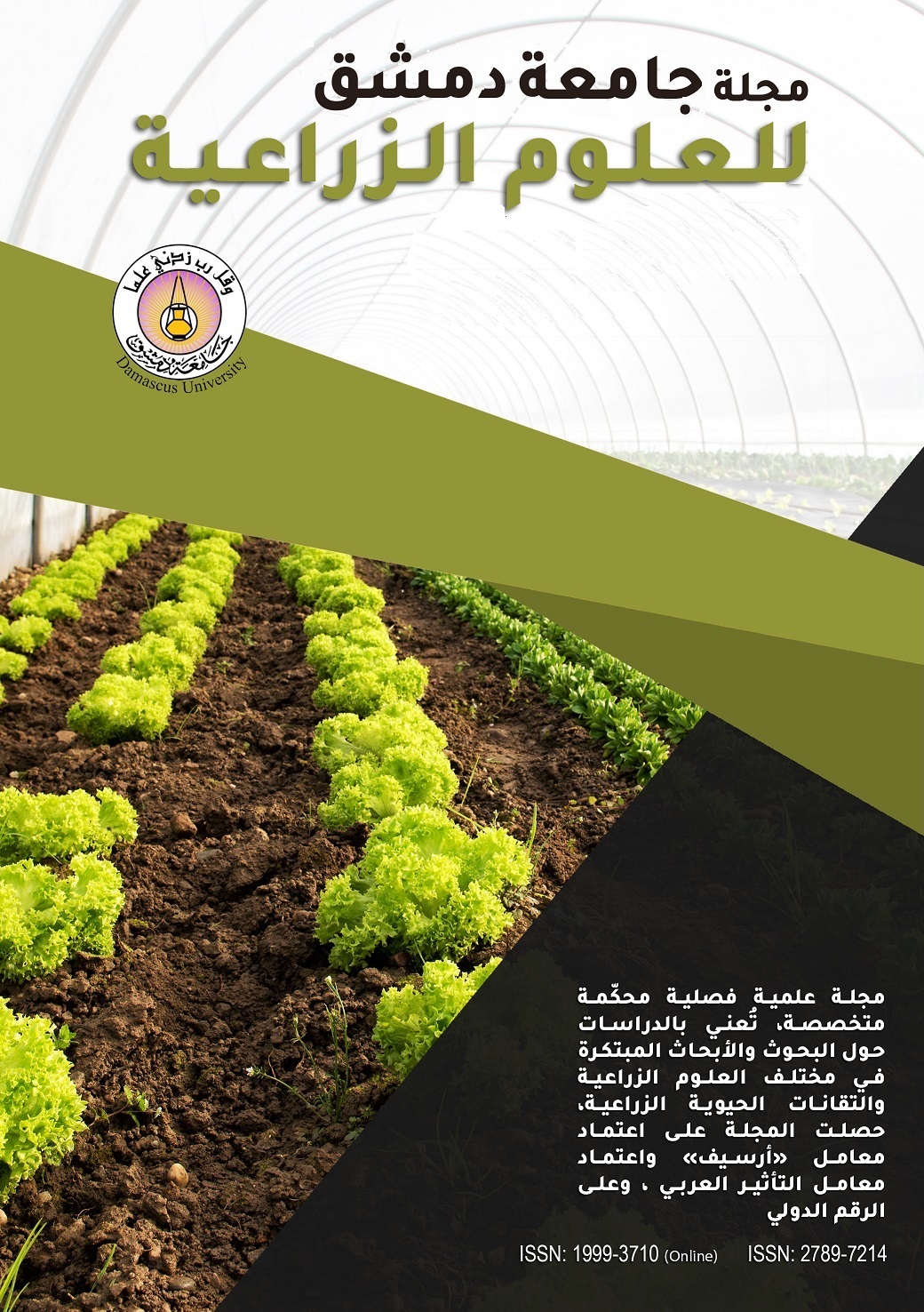The allelopathy effect of Solanum elaeagnifolium extracts and soil treated with herbicides ,Glyphosate, on growth of some crop plants
Keywords:
Glyphosate, S. elaeagnifolium, allelopathy, Triticum aestivum, Zea mays, Lepidium sativum L.Abstract
The present work was carried out to determine the allelopathic effect of Aquatic extract of Solanum elaeagnifolium and soil treated with herbicides Glyphosate on growth of some crop plants, after application of herbicide at fruit setting stage in 2019. Glyphosate applied at the recommended and double the recommended doses on S. elaeagnifolium plants in field conditions. The first samples from plant (leaves + flowers) and soil from rhizosfer were collected on 2 hours , 7 and 14 days after spray.
The aquatic extracts of plant and soil were used on soil sowed with Triticum aestivum L. , Zea mays L.and Lepidium sativum L. in pots under plastic house condition.
The results obtained showed that aquatic extract of S. elaeagnifolium plants treated with Glyphosate at the recommended and double the recommended doses gave the highest effect on percentage of seeds germination and concentrations of chlorophyll of A and B in seedling leaves of the tested plant and the total dry weight of seedling . followed by the samples soil collected from field treated with double the recommended dose. Where the aquatic extract of S. elaeagnifolium without herbicide gave the lowest allelopathic effect on the tested crops. The cress plant gave the highest sensitivity to Phytotoxicity of aquatic extract of plant and soil treated or untreated with herbicide followed by wheat. However, the maise was the lowest sensitive to the tested extracts. The allelopathic effect of their extracts decreased with time progress.

